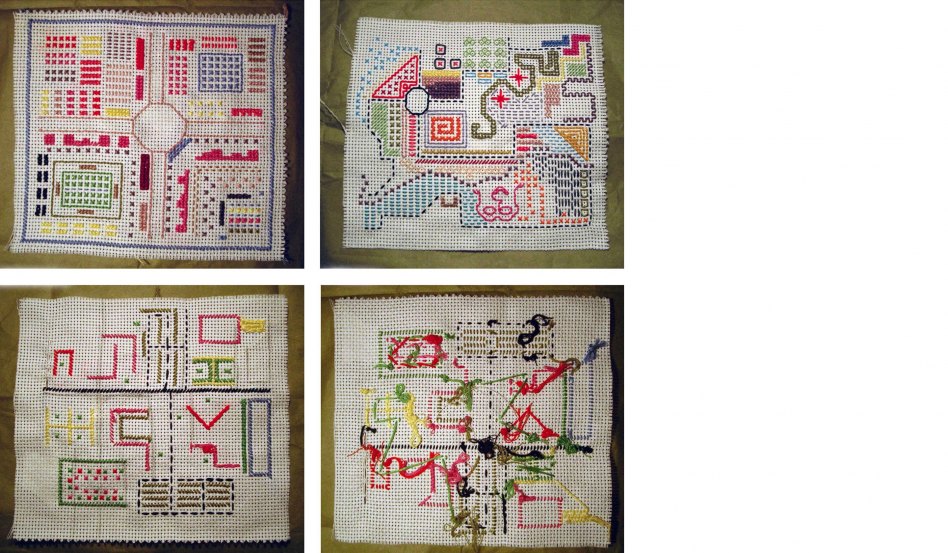Grid City
Can architecture become a useful education tool in secondary schools? Joann Tang's GridCity project involved mainly Bangladeshi students at a school in London's East End, and produced a collage of urban visions.
Can architecture significantly influence teenagers? And can it give them a more meaningful and constructive sense of the streets and communities that they live and learn in? Joann Tang's six-week outreach project addressed these questions, devised with a teacher and artist, directly. It involved the Mulberry School for Girls in Tower Hamlets, which is one of London's most culturally rich, yet economically deprived, communities. Tang trialled architecturally based subject matter in a class containing mainly Bangladeshi students, to improve the school's range of potential teaching tools and curriculum content. She also had a subplot: to instil the idea of architecture as a potential profession.
She devised her GridCity project in association with the nearby 19 Princlet Street Museum of Immigration and Diversity (19PS) and focused on four themes based on the fundamental idea of grids as architectural and planning generators: routes and nodes; urban forms, functions, solids and voids; public and private space; urban layers and levels. And to enrich the subject-matter and give it unexpected perspectives, Tang called in professional volunteers, including architects, an artist, an economist, an archaeologist and a linguist.
The students visited the Museum of London, the Barbican and the 19PS, and their practical projects included Stitching the City, using textiles to prefigure the design of models for a GridCity. Eight separate group-made models were then pieced together to form an experimental urban fabric. And each segment was subject to 'crits' by the visiting architects.
'I believe it's important for architecture to be taught as part of the National Curriculum,' said Tang. 'It helps to enrich the wider community's awareness, and expectation, of the quality of our built environment. And so I think it would be beneficial if the time given by architects to this kind of educational outreach project were recognised as an element of Continuing Professional Development, or if individual successful practices committed to funding architectural educational programmes with local schools.'

